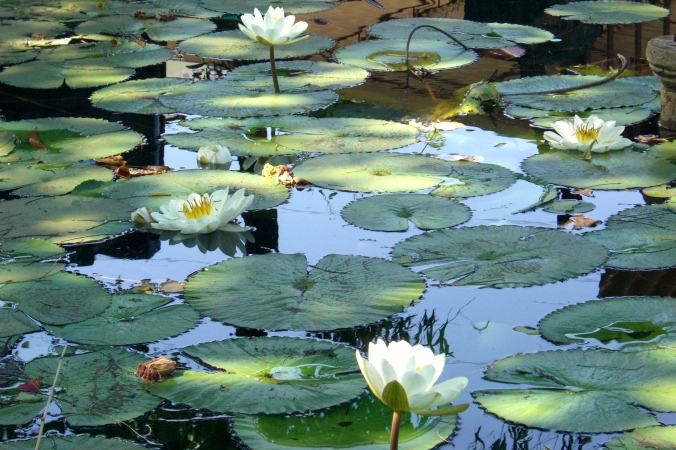

“A king who always cares for the elephants like his own sons is always victorious & will enjoy the friendship of the celestial world after death.” Kautiliya, scholar of Buddhism in India.
Whether it is a colorful figurine, a carved miniature, or a real live titan of an animal, the elephant is revered by many in the Indian culture. Said to be a gentle giant (the largest land mammal on earth), the elephant possesses attributes that humans strive to cultivate in themselves: intelligence, sensitivity, empathy, and self-awareness.
Indian mythology states that the devas (gods) and the asuras (demons) churned the oceans in a search for the elixir of life—amrit (nectar)—in hopes of becoming immortal. Through the churning of the ocean, navratnas (the nine jewels) surfaced, one of which was the elephant.
Reverence for the elephant has also been born from stories of the elephant being chosen as the carriage for Indra (the god of all gods) and visions of white elephants foretelling the birth of Gautam Buddha, in his mother’s dreams before his birth. Ganesha the elephant faced deity and son of Lord Shiva, is the god of wisdom and learning and the remover of obstacles. He is perhaps the most well known symbols of Hindu divinity all across the world.
The Asian elephant, the species that resides in India, has seen its numbers dwindle drastically in the past 15 years. At the turn of the century, nearly 200,000 animals roamed wild; now only 35,000 to 40,000 remain. Elephants are herbivores and eat up to 300 pounds of food a day. Preservation of habitat and eliminating ivory trade are vital aspects to keeping the elephant from extinction.
Elephant mothers are the ultimate example of a nurturing parent: carrying their babies for a gestation period of 22 months, giving birth to 200-pound baby, nursing for two years, then caring for and protecting the young elephant for the next sixteen years.
With so many endearing qualities and a history of cultural significance, the elephant is well deserving of its place of honor in the hearts of many Indians.
http://wwf.panda.org/what_we_do/endangered_species/elephants/asian_elephants/indian_elephant/
http://animals.nationalgeographic.com/animals/mammals/asian-elephant/?source=A-to-Z

Excerpt from The Accidental Wife:
Inside it, she found some clothes just like the oversized ones hanging in the closet. They were of no interest to her. What caught her eye was a beautiful silk sari, tie-dyed in a rainbow of colors with decorated elephants marching along the borders and tiny shiny mirrors that caught the light and sparkled like diamonds. She flung it around her neck like a shawl and felt deeply comforted by the strong fragrance of sandalwood.
Underneath was a finely inlaid wooden box, inside which on a bed of tissue, lay several glass bangles in red, green and orange tied together with a string. Slipping them over her hands, she wondered if they were a gift from Rihaan. Instinct told her they were, thus filling her with a warm glow.
Trembling with excitement she dug deeper, and at the very bottom, found a large album. She flipped the pages over, only to find random black and white shots, of people and children on the streets. Nothing else. No blissful wedding pictures, in particular no family portraits, as if she’d severed all ties before coming here.
Feeling utterly wretched and frustrated, she tore the bangles from her hands and sank sobbing to the floor.
Get the book now!
AMAZON.COM
AMAZON.UK
AMAZON.CA
AMAZON.IN
AMAZON.AUS
AMAZON.IT




belongs.










































